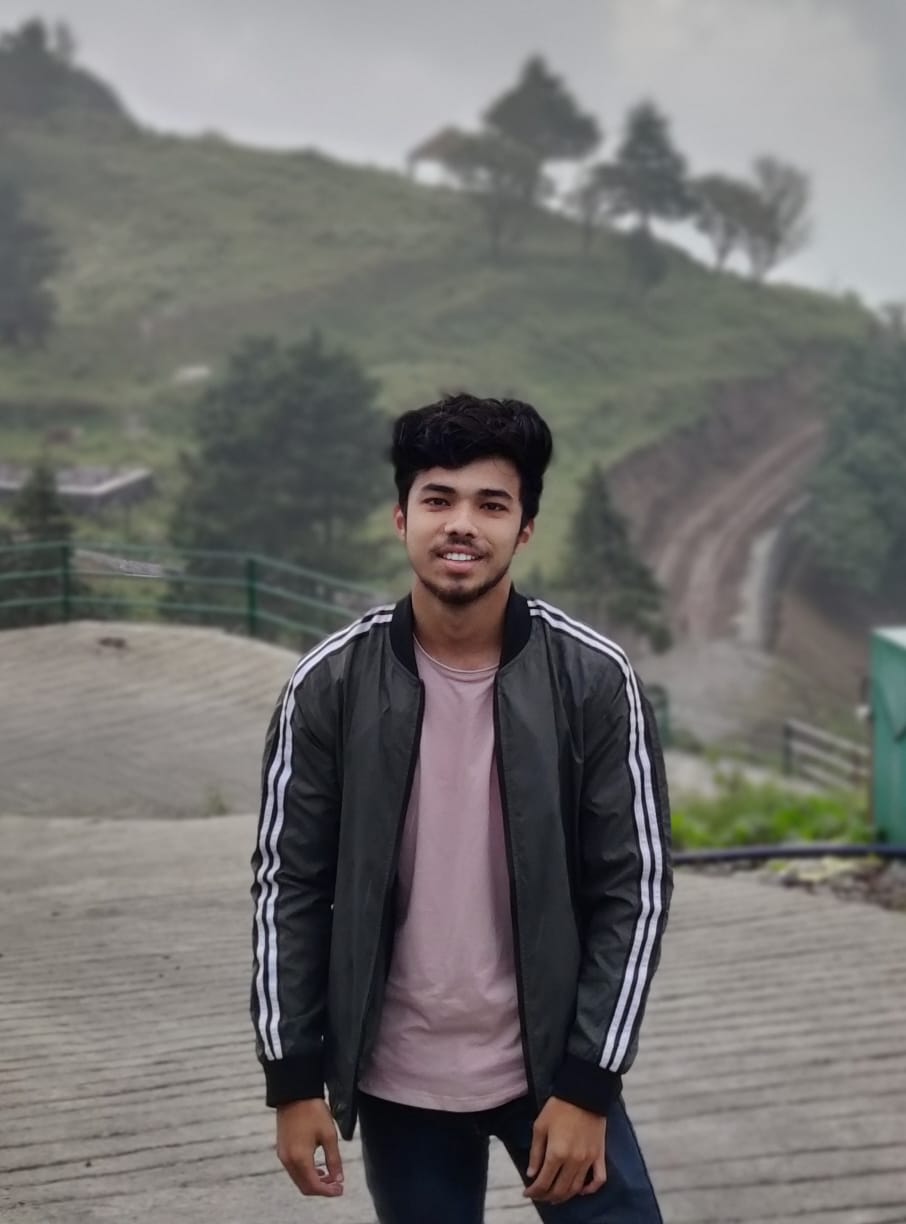GIRLS SCHOOLS IN KOLKATA
Kolkata, often known as the 'City of Joy,' has a major role in India's economy, politics, and culture. Kolkata, the capital of West Bengal, is one of India's four metropolitan cities and has managed to keep its traditional appeal despite modernisation. 'What Bengal thought today, India thought tomorrow,' is a famous slogan connected with the city for producing some of the greatest philosophers, artists, filmmakers, and writers, including Rabindranth Tagore, Bankim Chandra Chattopadhyay, Sarat Chandra Chattopadhyay, and Satyajit Ray. Kolkata's views in the realms of art, literature, cinema, and theatre have influenced the rest of the country.
EDUCATION IN KOLKATA
Since the introduction of British colonisation in India, education has had a long and glorious history in Kolkata. Academic giants, poets, painters, educators, filmmakers, and writers from this eastern city have long lauded Kolkata's name on national and international stages. Since the British era, Kolkata has been a centre of contemporary education, art, and culture in India. Kolkata's rise to prominence in a variety of educational sectors was not a sudden or abrupt development. It was something that had been present from the start. The city's schools are either run by the state or by private educational institutions.
GIRLS SCHOOLS IN KOLKATA
- LA MARTINIERE GIRLS SCHOOL
- ASHOK HALL GIRL’S HIGHER SECONDARY SCHOOL
- MODERN HIGH SCHOOL
- CALCUTTA GIRLS HIGH SCHOOL
- SHRI SHIKSHAYATAN SCHOOL
- OUR LADY QUEEN OF THE MISSIONS SCHOOL
- BIDYA BHARATI GIRLS HIGH SCHOOL
- WELLAND GOULDSMITH SCHOOL
ALL ABOUT KOLKATA
Nizam's has the original kati roll
The kati roll, a greasy paratha rolled up and filled with kebab- or other types of grilled meat, is said to have originated at this kebab joint. Nizam's has stopped serving beef due to attacks on cattle sellers by right-wing Hindu vigilantes pushing to ban beef consumption, causing supply issues—but the mutton and chicken fillings are still great. They come in paper wrappers and are a terrific snack to have on hand when you're on the road.
Speak a variety of languages
Locals frequently interact in a mix of Bengali and Hindi, and the city has attracted so many migrants from Hindi-speaking areas that even basic Hindi, as provided by a pocket translation, can be handy. For decades, English has been a major topic in our country. The Marxist government that ruled the state in the 1980s promoted Bengali over English in primary schools in a fit of nationalism, but English is now making a comeback. People will be ready to put their skills to the test on you.
Take a look at life on the ghats
Kolkata's street activity spills onto the Hooghly River's ghats (embankments that function as public places). The ghats are used for a variety of purposes, including purchasing flowers, trinkets, and toys for children, as well as socialising. Young adults congregate at Prinsep Ghat, where they pose for pictures in front of the Neoclassical arch in the shade of the Vidyasagar Bridge. Mullick Ghat has a bustling flower market, which is best observed in the early mornings when the vendors have restocked for the day.
Take a stroll in North Kolkata
The city's southern reaches are wealthier and more developed, with shopping malls, residences, and even a Trump Tower on the way. The money is now in the south, but it was a century ago in the area known as North Kolkata, which included places like Shyambazar and Jorasanko. The lanes of North Kolkata are lined with crumbling but exquisite Victorian buildings built by well-educated Bengali babus (high status, generally high-caste men) who profited during the city's golden age around the turn of the century. The more well-kept colonial palaces, such as the residence of poet and Nobel laureate Rabindranath Tagore, aren't always worth the admission.
Know your Bengali delicacies
Bengalis have a reputation for having a sweet taste (and be warned, Bengali sweets can be very, very sweet). Sandesh is a milk-based dessert that comes in a variety of shapes, sizes, and colours; try the jaggery-sweetened nolen gur. The ledikeni, which is formed of cheese curds and flour and soaked in syrup, is a variation of the gulab jamun, which is supposed to have been named after Lady Canning, the wife of a British viceroy.





